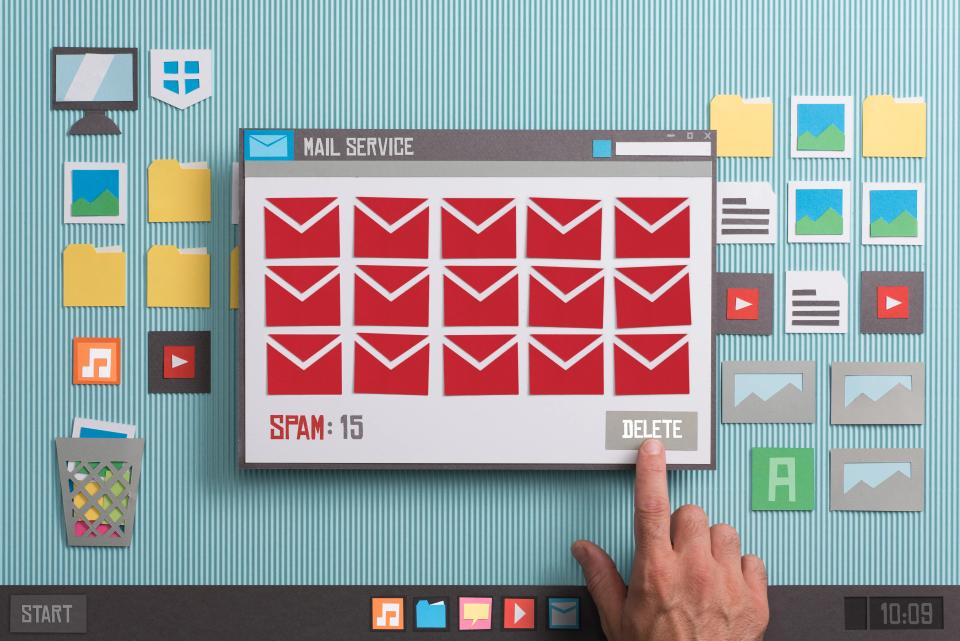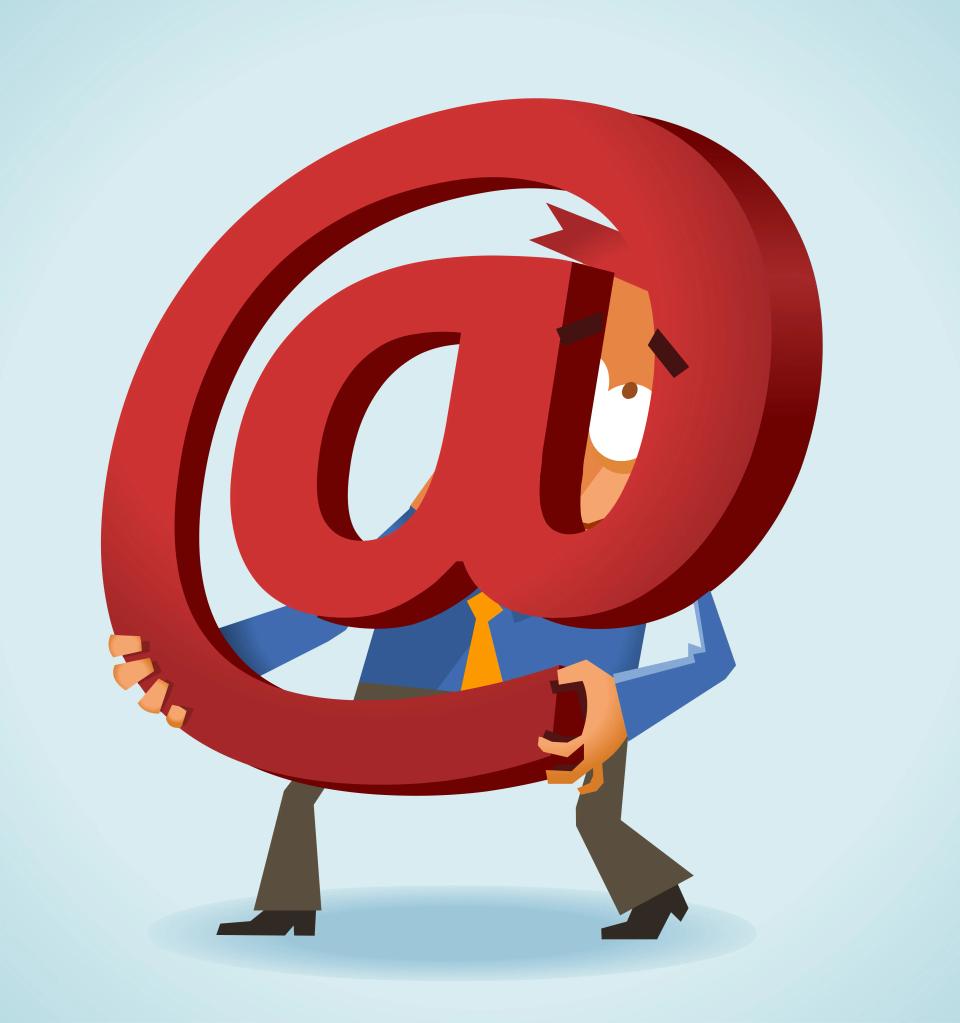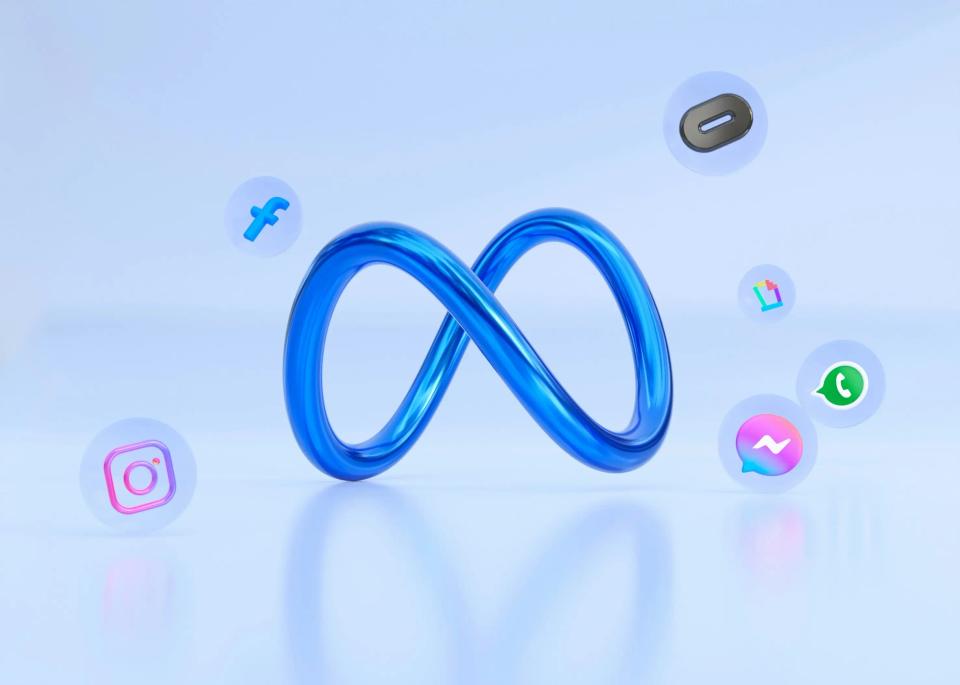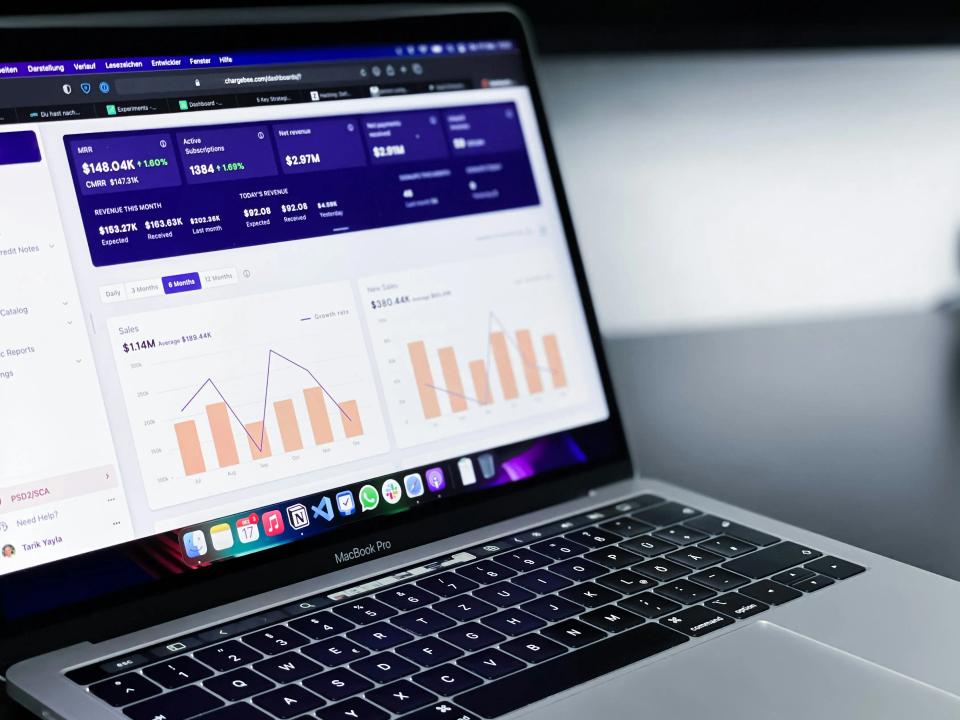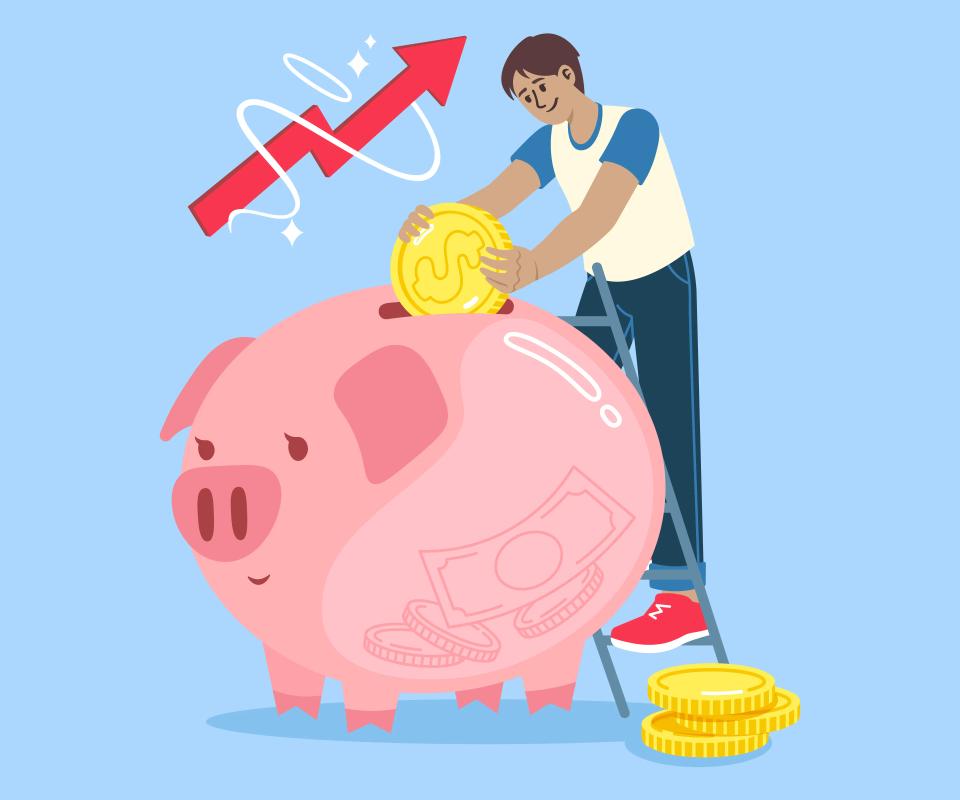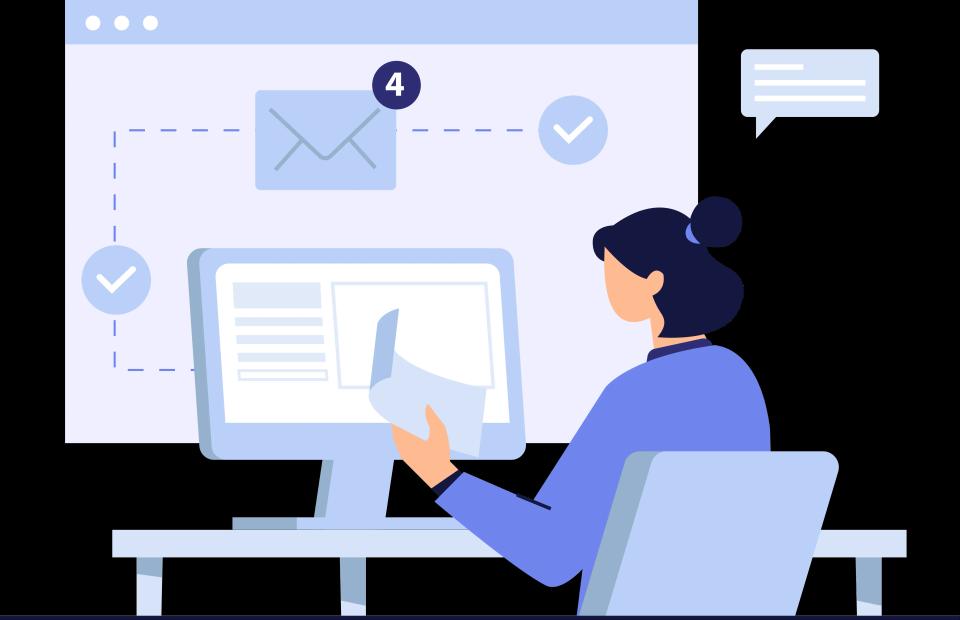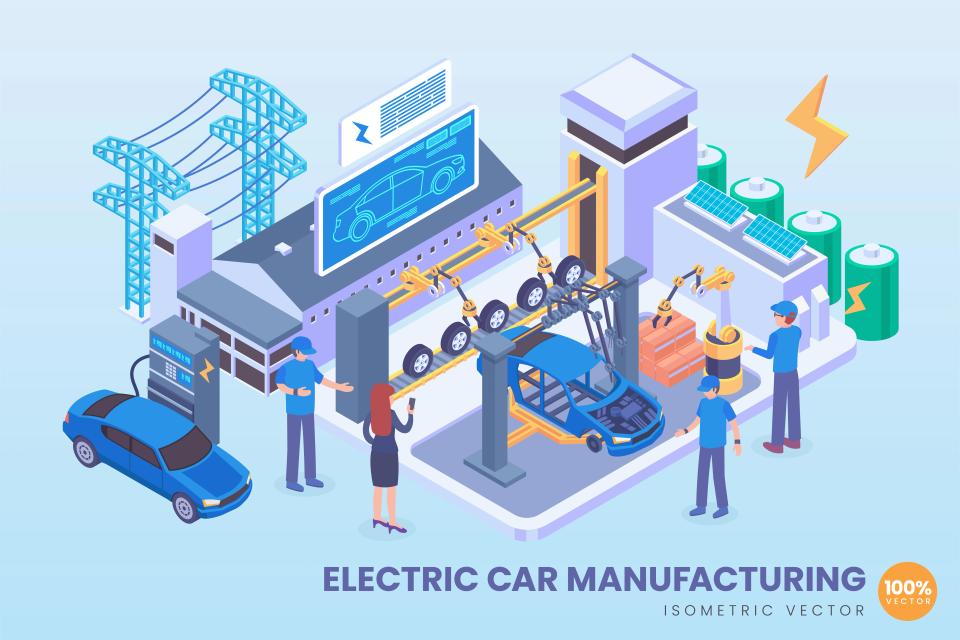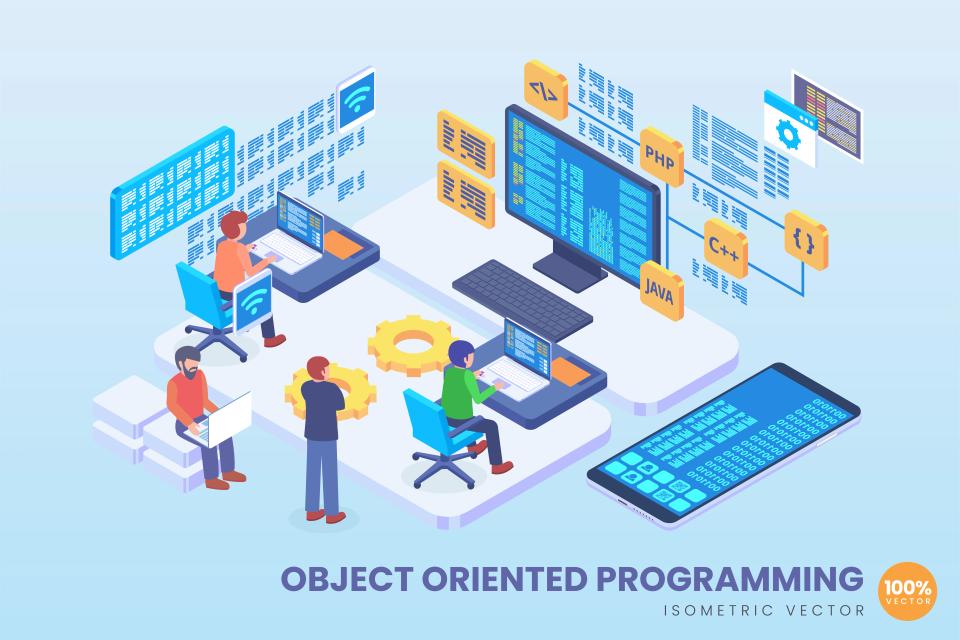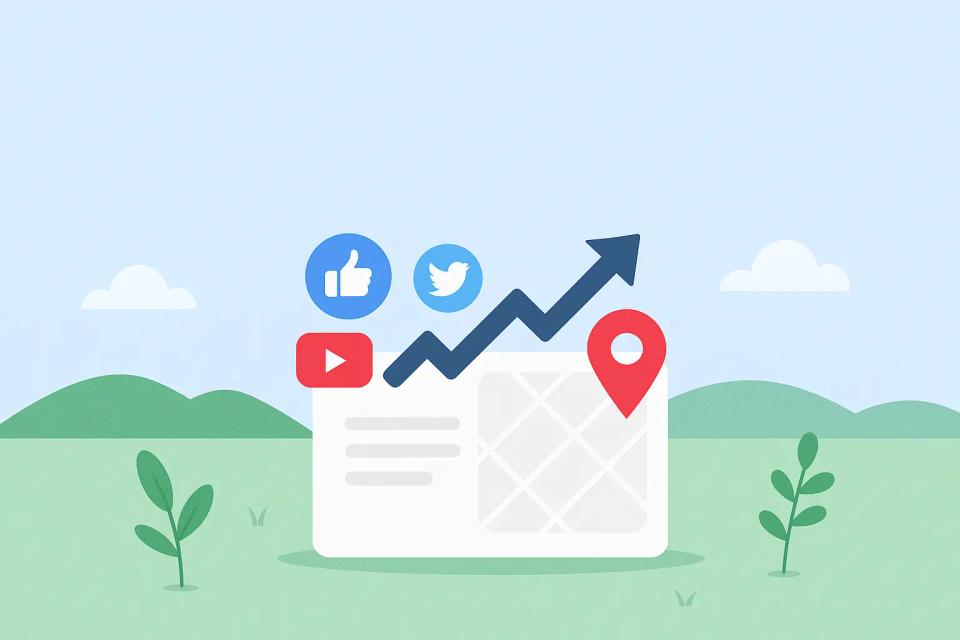Imagine this: for every single dollar you invest in email marketing, you get a staggering $36 back. That’s not a pipe dream; it’s the reality of email’s power, as consistently shown by research on email marketing ROI from Litmus. Email isn't just about sending updates; it's a direct line to your prospects, a chance to build trust, and a powerful engine for generating a steady stream of qualified leads.
But here’s the kicker: so many businesses get it wrong. Their emails end up ignored, deleted, or worse, marked as spam. Why? Because they're not using the right strategies. They're not tapping into the core desires of their audience. This guide is about to change that for you. We're diving deep into the proven email marketing tactics that will transform your list from a dormant database into a high-octane lead generation machine.
The Foundation: Building a Quality Email List
Before you can convert, you need contacts. But not just any contacts – you need a list of engaged individuals who want to hear from you. This is where so many falter, chasing quantity over quality. Let's build your foundation right.
Crafting Irresistible Invitations: List Building Strategies
Your opt-in form isn't merely a data collection tool; it's the handshake, the first promise of value. Make it impossible to miss, dead simple to complete, and ensure the benefit of signing up is blindingly obvious. Think less "Join our newsletter" and more "Get Your Free [Amazing Benefit] Guide Instantly!"
What keeps your ideal customer awake at night? Offer them the aspirin for that headache in the form of a compelling lead magnet – an exclusive ebook, a practical checklist, or an insightful webinar. This isn't just a freebie; it's an ethical bribe, a valuable exchange for their precious email address. According to OptinMonster's findings on lead magnet effectiveness, well-designed lead magnets can significantly boost conversion rates.
And where do they get this amazing lead magnet? On a dedicated landing page that’s a masterpiece of persuasion. No clutter, no confusing navigation – just a singular, compelling focus on why they need that download and a clear path to get it. Remember, Unbounce highlights that pages with a single call-to-action often see the best conversion rates, so keep it focused.
Keeping Your List Pristine: The Power of Hygiene
A massive email list clogged with inactive subscribers and dud addresses is like trying to sprint with ankle weights. It kills your deliverability, skews your vital metrics, and wastes your resources. Regularly scrubbing your list isn't just good housekeeping; it's essential for peak performance.
Don't just hit delete on those sleepy subscribers without a word. Launch a re-engagement campaign – a final, compelling offer to remind them why they signed up and what they're missing. If they still don't respond, then it's time to let them go; your focus must be on an engaged audience that wants your value.
Finally, rules like GDPR and CAN-SPAM aren't optional extras; they're the law, and respecting them builds crucial trust. Always provide a crystal-clear unsubscribe option and honor those requests immediately. Validity's research indicates that good list hygiene can improve inbox placement rates by as much as 20%, proving that a clean list is a powerful list.
Segmentation: Speaking Their Language for Maximum Impact
Sending the same generic message to everyone on your list is like shouting into a crowded room and hoping the right person hears you. It’s inefficient and, frankly, annoying. Segmentation is your secret weapon to cut through the noise and deliver messages that resonate deeply because they feel personal.
Unlocking Relevance: Smart Customer Segmentation
Are you addressing a seasoned CEO or a fresh-faced intern? Is your contact in sunny California or chilly London? Basic demographic details like age, location, job title, and industry provide the first layer of personalization, allowing you to tailor your tone and content.
Go deeper by tracking behavior. What articles have they read on your blog? Which links did they click in your last email? These actions are digital breadcrumbs leading you to their true interests. Segmenting based on this behavioral data allows you to send hyper-relevant follow-ups that feel like you're reading their mind.
And don't forget purchase history! A loyal customer who’s bought your premium package needs a vastly different conversation than someone who’s only downloaded a free guide. Use this data to offer relevant upsells, cross-sells, and exclusive perks that make them feel like a valued VIP. Campaign Monitor reports that segmented campaigns can drive a 760% increase in revenue, a testament to the power of relevance.
Powering Precision: Tools for Effective Segmentation
Your Customer Relationship Management (CRM) system is a treasure trove of data. Integrating it seamlessly with your email marketing platform is non-negotiable for sophisticated segmentation. This ensures your segments are dynamic, always reflecting the latest interactions and information.
Modern email marketing platforms, such as HubSpot or ActiveCampaign, are built for this. They offer intuitive tools to create complex segments based on a multitude of criteria, automating much of the heavy lifting. Leveraging these tools means you can deliver personalized experiences at scale, a crucial factor as businesses using marketing automation often see a significant lift in qualified leads.
Effective segmentation relies on rich data. Continuously gather information through progressive profiling on your forms, track website interactions, and analyze engagement with your emails. Always be transparent about your data collection practices, ensuring you have consent and are respecting user privacy – trust is the bedrock of any successful email strategy.
Personalization: Making Every Email Feel One-to-One
In a world saturated with generic marketing messages, personalization is what makes your emails stand out. It’s about making each subscriber feel seen, understood, and valued. When you achieve that, engagement and conversions naturally follow.
The Simple Touches: Foundations of Personalization
It might seem basic, but addressing your subscriber by their first name, like "Hi Sarah," instantly creates a warmer, more human connection than a cold "Dear Customer." This simple act can significantly impact how your email is received. In fact, Experian found that personalized promotional mailings have 29% higher unique open rates.
If you're in the B2B space, mentioning the subscriber's company or referencing a challenge specific to their industry shows you've done your homework. It subtly communicates that this isn't a blast email, but a message with their specific context in mind. This builds credibility and makes your solutions feel more relevant.
Tailoring your language and examples to resonate with their specific industry or role is another powerful basic. Using familiar terminology and addressing their unique pain points makes your message hit home much harder. It shows empathy and positions you as an expert who truly understands their world.
Next-Level Connection: Advanced Personalization Techniques
Imagine an email where the images, offers, and even calls to action change based on the individual recipient's data and behavior. That's the magic of dynamic content. It allows you to send one core email campaign that delivers a uniquely tailored experience to each segment, or even each individual.
Behavioral triggers take personalization a step further by automating responses to specific user actions (or inactions). Did someone abandon their shopping cart? A triggered email can gently nudge them back. Did they download a whitepaper on a specific topic? A triggered follow-up sequence can nurture that interest. Aberdeen Group research shows that personalized email messages improve click-through rates by an average of 14% and conversions by 10%.
The cutting edge is predictive personalization, where AI and machine learning analyze past behavior and data from similar users to anticipate what a subscriber might need or want next. This allows you to proactively offer solutions and content that feel incredibly timely and relevant, almost as if you're psychic. This level of personalization can create truly powerful customer experiences.
Content That Converts: Crafting Emails That Get Action
Your email can be perfectly targeted and beautifully designed, but if the content doesn't grab attention and compel action, it's all for nothing. Every word, every image, every link must serve a purpose: to move your reader closer to becoming a lead.
The Gatekeeper: Writing Subject Lines That Demand Opens
Your subject line is the gatekeeper to your email. No matter how brilliant your content, if the subject line doesn't entice a click, your message goes unread. Relentlessly A/B test different approaches – try curiosity, urgency, benefit-driven statements, or even personalization.
Infuse your subject lines with power words that evoke emotion or promise a clear benefit – words like "Urgent," "Exclusive," "Proven," "Secret." But use them judiciously and authentically. According to data from Invesp, 47% of email recipients open emails based on the subject line alone, underscoring its critical importance.
Beware of spam triggers! Excessive capitalization, strings of exclamation points, and misleading phrases like "RE:" or "FWD:" on unsolicited emails can land you in the dreaded spam folder. Keep your subject lines clear, concise, and honest to maintain good deliverability and subscriber trust.
The Core Message: Engaging Email Body Copy
Once they've opened your email, you have seconds to convince them it's worth their time. Your value proposition must be crystal clear and front-loaded. What's in it for them? Why should they care? Don't bury the lead.
Your Call to Action (CTA) is the bridge between your email and the desired conversion. Make it unmissable, use strong action verbs, and create a sense of benefit or urgency. "Download Your Free Guide Now" is far more compelling than a vague "Click Here." Research from Campaign Monitor suggests that using buttons for CTAs instead of just text links can increase click-through rates by as much as 28%.
With a majority of emails now opened on mobile devices, your message must be mobile-optimized. If your email is a jumbled mess on a smartphone screen, with tiny text and un-tappable links, you're flushing leads down the drain. Ensure a responsive design, readable fonts, and ample spacing for easy interaction.
Visual Appeal: Designing for Engagement
Humans are visual creatures. A well-designed email uses visual hierarchy to guide the reader's eye to the most important information. Use headings, subheadings, bold text, and relevant images to break up dense blocks of copy and create a more digestible experience.
Don't be afraid of white space! Cramming too much into your email creates a cluttered, overwhelming feel. Ample white space (or negative space) improves readability, reduces cognitive load, and gives your key messages room to breathe and stand out.
Your emails are an extension of your brand. Ensure consistent use of your logo, brand colors, and typography to build instant recognition and reinforce your brand identity. This consistency fosters trust and professionalism with every send.
Perfect Timing: When and How Often to Hit 'Send'
You've crafted the perfect message for the perfect segment. But when you send it, and how often, can make all the difference between engagement and annoyance. Nailing your timing and frequency is a crucial, yet often overlooked, aspect of lead generation.
Finding the Golden Hour: Optimal Sending Times
While there are general industry benchmarks – for instance, B2B emails often perform well mid-week during business hours – the "best" time to send is unique to your audience. Start by researching common practices for your sector. For example, GetResponse data often indicates that Tuesday mornings can be a strong contender for open rates.
If your audience spans multiple time zones, blasting everyone simultaneously means some will receive your message at 3 AM. Utilize send-time optimization features offered by many email service providers, or segment your list by geography to ensure your emails arrive at a locally appropriate hour. This simple consideration can significantly impact engagement.
Ultimately, the only way to truly know the optimal send time for your audience is to test rigorously. Experiment with different days of the week and various times of day, meticulously tracking your open rates and click-through rates. Let your data be your guide.
The Right Rhythm: Managing Email Frequency
Bombarding your subscribers with too many emails is the fastest way to the unsubscribe button. Conversely, if you email too infrequently, they might forget who you are. Finding that "just right" frequency is a delicate balancing act.
Be transparent from the outset. When someone subscribes, let them know what kind of content they'll receive and roughly how often. Managing expectations upfront can prevent frustration and reduce unsubscribes. MarketingSherpa research has consistently found that sending too many emails is a primary reason people opt-out.
The gold standard is to offer a preference center where subscribers can choose the types of emails they want to receive (e.g., newsletters, promotional offers, product updates) and how often. Empowering your audience with this control not only keeps them happier but also ensures they're receiving content they genuinely value, leading to higher engagement.
Data-Driven Decisions: Measuring and Refining Your Strategy
You can't improve what you don't measure. Gut feelings and guesswork have no place in effective email marketing. By consistently tracking the right metrics and using that data to test and optimize, you transform your email efforts from a shot in the dark into a predictable lead-generating system.
The Numbers That Matter: Essential Email Metrics
Open rate is your first checkpoint: are your subject lines compelling enough and is your sender reputation solid? While it's a foundational metric, be aware that factors like Apple's Mail Privacy Protection can sometimes inflate these numbers, so view it in context with other metrics.
Click-Through Rate (CTR) tells you if your email content and calls to action are hitting the mark. Are subscribers engaging with your message and taking the next step you want them to take? A healthy CTR indicates your offer and messaging resonate. The average email click-through rate hovers around 2.6% according to Campaign Monitor, but this varies widely by industry.
Conversion rate is the ultimate bottom line for lead generation. How many recipients actually completed the desired action – filled out a form, downloaded your lead magnet, or requested a demo? This metric directly ties your email activities to tangible business results.
And finally, Return on Investment (ROI). Are your email marketing efforts actually making you money? By comparing the revenue or value of leads generated against the cost of your email campaigns (software, time, content creation), you can definitively prove its worth. Email consistently shines here, with the DMA (UK) reporting an average ROI of around £35 for every £1 spent in 2023.
The Path to Perfection: Continuous Testing and Optimization
Don't just test for the sake of testing; have a clear hypothesis for every A/B test you run. Isolate one variable at a time – subject line, CTA button color, email copy length – and ensure your test groups are large enough for statistically significant results. Everything is testable, and every test is a learning opportunity.
Email marketing is a dynamic field, not a "set it and forget it" channel. Commit to a process of continuous improvement. Regularly analyze your performance data, glean insights from your A/B tests, and make iterative adjustments to your strategy. What worked last year might not work today.
While it's useful to be aware of industry benchmarks, your most important comparison is against your own past performance. Strive to constantly improve your own metrics. Use external benchmarks as a general guidepost, not an absolute measure of success or failure.
Level Up Your Leads: Advanced Email Marketing Tactics
Once you've mastered the fundamentals, it's time to explore advanced tactics that can significantly amplify your lead generation efforts. These strategies leverage automation and integration to create more sophisticated, scalable, and effective email marketing programs.
Automation Power: Scaling Your Lead Generation
Drip campaigns, also known as nurture sequences, are your automated sales assistants. They deliver a pre-set series of emails over time to new leads, guiding them through the buyer's journey, building trust, and educating them about your solutions. This systematic approach ensures no lead falls through the cracks. The Annuitas Group found that businesses using marketing automation to nurture prospects experience a 451% increase in qualified leads.
Triggered emails are messages sent automatically in response to a specific user action or event. Think welcome emails for new subscribers, abandoned cart reminders for e-commerce, or follow-ups after a webinar attendance. Because they are contextually relevant and timely, triggered emails often boast exceptionally high engagement rates.
Not all leads are ready to buy immediately. Lead scoring allows you to assign points to leads based on their demographic information (e.g., job title, company size) and their engagement with your content (e.g., website visits, email clicks, content downloads). This helps your sales team prioritize their efforts on the hottest, most sales-ready leads.
Synergistic Success: Powerful Integration Strategies
A deep, bi-directional sync between your email marketing platform and your CRM is absolutely critical for advanced strategies. This ensures that data flows seamlessly between systems, providing a complete 360-degree view of each customer and enabling highly personalized, timely communications based on their entire interaction history with your brand.
Extend your email list-building efforts by integrating with your social media channels. Promote your lead magnets and opt-in forms directly on platforms like LinkedIn, Facebook, or Instagram. Consider using social login options to make subscribing even easier, and run targeted social ad campaigns specifically designed to capture email addresses.
Track what your subscribers do on your website after they click through from an email. Integrating your email platform with website analytics tools (like Google Analytics) provides invaluable insights into their interests and behavior. This data can then be used to further refine your segmentation, personalize content, and trigger relevant follow-up campaigns.
Real-World Wins: Email Marketing Success Stories
Theory is great, but seeing these tactics in action is where the real inspiration lies. Let's look at how businesses, just like yours, have transformed their lead generation through smart email marketing. These aren't just anecdotes; they're proof of what's possible.
Consider "Innovatech Solutions," a B2B software company that was struggling with low engagement from their generic monthly newsletter. By implementing behavioral segmentation based on website activity and past email interactions, they started sending highly targeted mini-campaigns focused on specific product features relevant to each segment. Within just three months, they saw a 40% increase in demo requests originating from email and a 25% uplift in sales-qualified leads.
Their crucial insight was that relevance trumps sheer volume. Sending fewer, but far more personalized and timely emails, dramatically outperformed their previous "one-size-fits-all" approach. The data clearly showed that subscribers were hungry for content that directly addressed their specific needs and interests, leading to much higher conversion rates.
Then there's "Wellness Wonders," an e-commerce brand in the health space. They created a compelling lead magnet – a "7-Day Healthy Habits Challenge" guide – promoted via an optimized landing page and targeted social media ads. This strategy, combined with a welcoming email series that provided daily tips and encouragement, grew their email list by an incredible 300% in just two months. More importantly, the nurtured leads from this campaign had a 15% higher average order value than leads from other sources, proving the power of value-first engagement.
Your Blueprint for Lead Generation Dominance
You now have the blueprint. We've journeyed from building a rock-solid, quality email list to deploying advanced automation and personalization that can revolutionize your lead flow. The power to transform your email marketing from a hopeful broadcast into a predictable lead generation engine is within your grasp.
Your immediate mission, should you choose to embrace it, is to select one key tactic from this guide and commit to implementing it this week. Will you finally A/B test those subject lines? Will you set up your first automated welcome series for new subscribers? Or perhaps you'll dive into segmenting your list based on past purchase behavior. Small, consistent actions compound into massive results.
The landscape of email marketing is ever-evolving, with AI-driven personalization, increased interactivity, and even greater emphasis on privacy shaping its future. Stay curious, keep testing, and never stop learning. By doing so, your email marketing will not just survive; it will thrive, continuing to be one of your most potent and profitable channels for generating high-quality leads.
Continue Your Journey: Tools & Further Learning
To truly master email marketing and unlock its full lead generation potential, arm yourself with the right tools and knowledge. The journey doesn't end here; it's an ongoing process of refinement and learning.
Tools and Software Recommendations
For robust email marketing, consider platforms like Mailchimp if you're starting out or have simpler needs. For businesses looking for an all-in-one CRM and marketing automation solution, HubSpot is a powerful contender. And for those needing advanced automation, segmentation, and personalization capabilities, ActiveCampaign is highly regarded.
Further Reading
To deepen your understanding and stay ahead of the curve, immerse yourself in insights from industry leaders. The Litmus Blog offers excellent technical advice, deliverability insights, and design inspiration. For mastering the art of persuasive writing that converts, Copyhackers is an invaluable resource.
Templates and Checklists
Many email service providers offer a library of pre-designed templates for various campaign types, such as welcome emails, promotional offers, and newsletters. While these can be a great starting point, always customize them to reflect your unique brand identity and message. You can also find numerous free checklists online to help ensure you cover all the essential elements before hitting 'send' on your next campaign.

